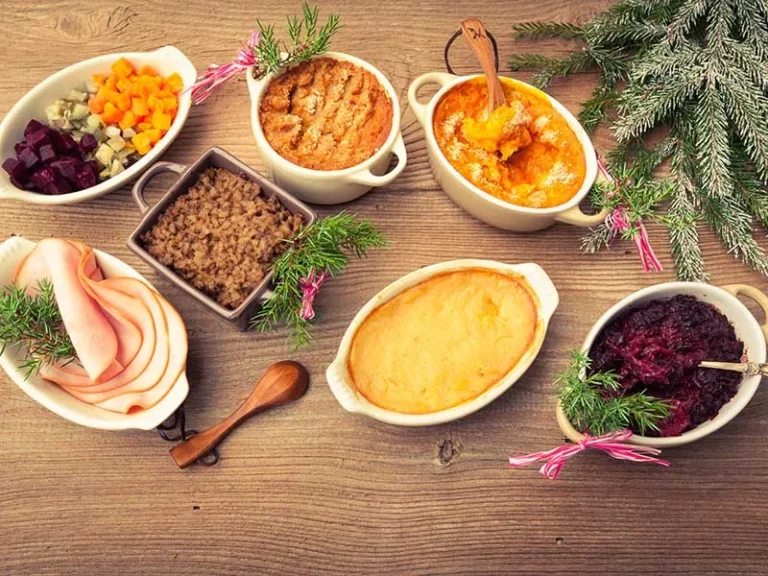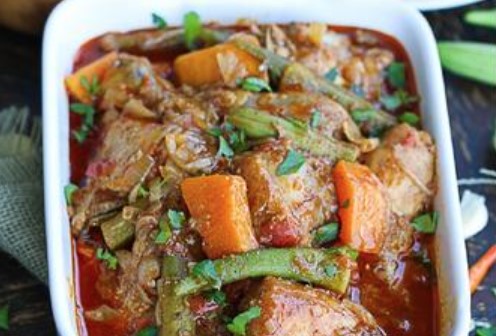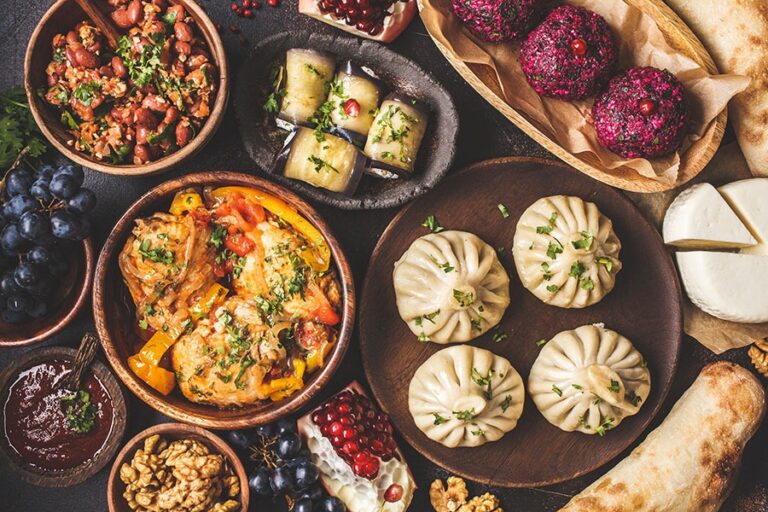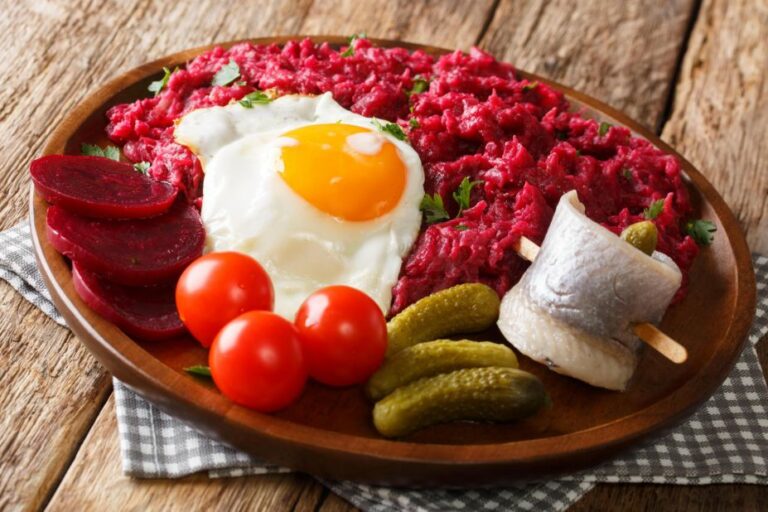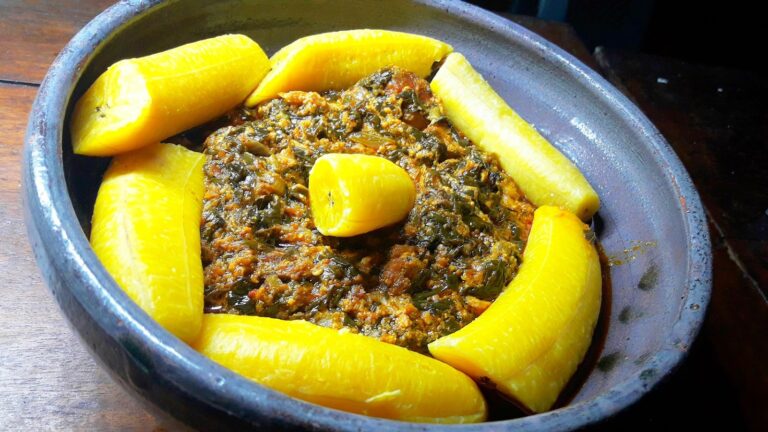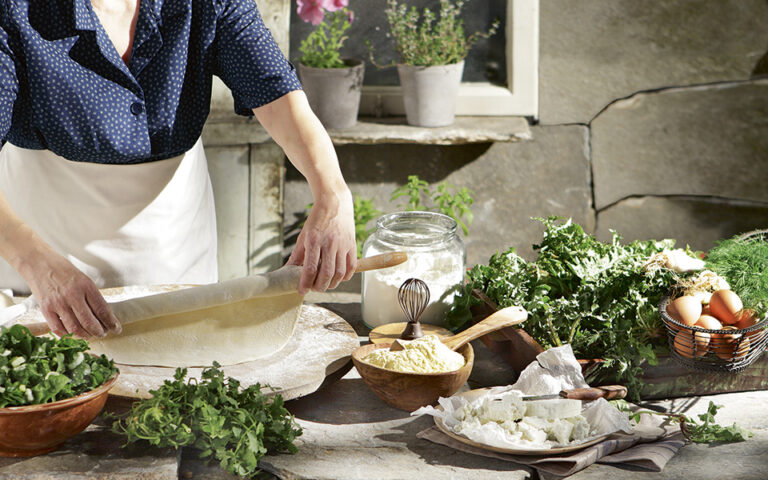Introduction: Finnish Cuisine
Finnish cuisine is known for its simplicity and purity. It is heavily influenced by the country’s geography, climate, and historical factors. Finland has a long agricultural tradition and is also surrounded by forests and lakes, which provide a bounty of natural ingredients. Finnish cuisine has evolved over time, incorporating elements from neighboring countries and more recently, from the wider world.
Traditional Finnish Ingredients
Finnish cuisine relies heavily on simple, fresh, and seasonal ingredients. Some of the most commonly used ingredients include potatoes, root vegetables, dairy products, fish, and meat. Rye bread is a staple food in Finland, and it’s often served with butter, cheese, or fish. Finnish cuisine also uses a lot of berries, mushrooms, and wild herbs, which are found in abundance in the country’s forests.
Unique Flavors and Bitterness
Finnish cuisine is known for its unique flavors, which are often described as bitter and earthy. This is because many Finnish ingredients, such as rye bread, lingonberries, and mushrooms, have a slightly bitter taste. The country’s long winters and short growing season also mean that many Finnish ingredients have a more intense flavor than their counterparts in other countries.
Berries, Mushrooms, and Wild Herbs
Berries, mushrooms, and wild herbs are an essential part of Finnish cuisine. Some of the most commonly used berries include lingonberries, bilberries, and cranberries. These berries are often used to make jams, juices, and sauces. Mushrooms are also popular in Finnish cuisine, and the country is home to over 200 edible mushroom species. Wild herbs, such as nettle, dandelion, and sorrel, are used in salads, soups, and sauces.
Reindeer, Salmon, and Other Game
Finnish cuisine also includes a lot of game meat, such as reindeer, elk, and bear. Reindeer meat is a popular ingredient in Finnish cuisine, and it’s often served as a stew or roasted. Salmon is also a staple in Finnish cuisine, and it’s often smoked or grilled. Other game meats, such as moose and wild boar, are also commonly used in Finnish cuisine.
Fusion and Modern Innovations
In recent years, Finnish cuisine has evolved to incorporate elements of fusion and modern innovations. Chefs are experimenting with new flavors and ingredients, and many restaurants are offering a more upscale dining experience. Finnish cuisine has also been influenced by international cuisines, such as Japanese and Thai. This has led to the creation of new and exciting dishes that combine traditional Finnish ingredients with modern techniques and flavors.

